Here are examples of documents from all across the Highlands. Clicking on the images will allow you to see them in more detail. The images supplied are for educational purposes so please don’t use them for other reasons or share them online – thank you!
The Clearances
The Highland Clearances took place from the late 1700s to the mid-1800s. Many people living across the Highlands were moved out of their homes and forced to live somewhere else – either in another part of the Highlands or in another country altogether. This was often to make way for sheep farming, which brought the landlords more money than they could get from their tenants. Sometimes the way in which people were moved was brutal and houses were set on fire. One of the most well-known people from this period in our history is Patrick Sellar, the factor for the Sutherland estates. He was very cruel in the way he moved people from their homes. In 1815 he was taken to jail after it was claimed that he had set fire to the house of a tinker in Strathnaver while someone was still inside. He was found ‘not guilty’ but lost his job working for the Sutherland estates. The documents below tell part of the story of the Highland Clearances, which is still something many people feel strongly about.
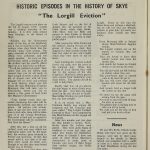
In 1820, Munro of Novar made moves to remove tenants from his estate in Culrain, in the Parish of Kincardine, to make way for a sheep farm. It led to an incident called the Culrain Riots. This letter from Donald Macleod of Geanies reports on the number of militia and constables, over 70 in total, sent to stop the resistance in Culrain. The militia was forced to retreat after being met with a volley of stones and missiles. He described it as an Act of Rebellion and that a force of 500 plus some field artillery pieces would be necessary to overpower the rioters.
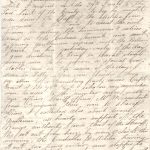
Read a transcript of this document here.
In the 1830s and 1840s, as a result of overcrowding and over-use of land there was a lot of discontent in some areas. This letter indicates the Eastside of Staffin crofters were arranging meetings, possibly to resist changes and evictions. The ‘Eastside of Staffin crofters’ may relate to the Valtos Crofters. The Township of Valtos was one of the first to show organised resistance to the proprietor and the factor. The proprietor was described as – “The evictor of 21 townships, the rack-renter, the process-server, the persecutor of ‘the brave old crofter’”.
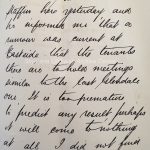
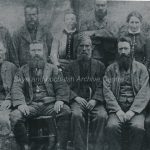
Read a transcript of the letter here.
Below is the entry for Patrick Sellar in the Dornoch Jail Book. He was accused of, among other things, ‘wilful fire raising and culpable homicide’. He was acquitted.
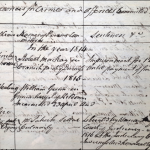
To find out more about this period in history, you can go to the Am Baile website to find more resources.
